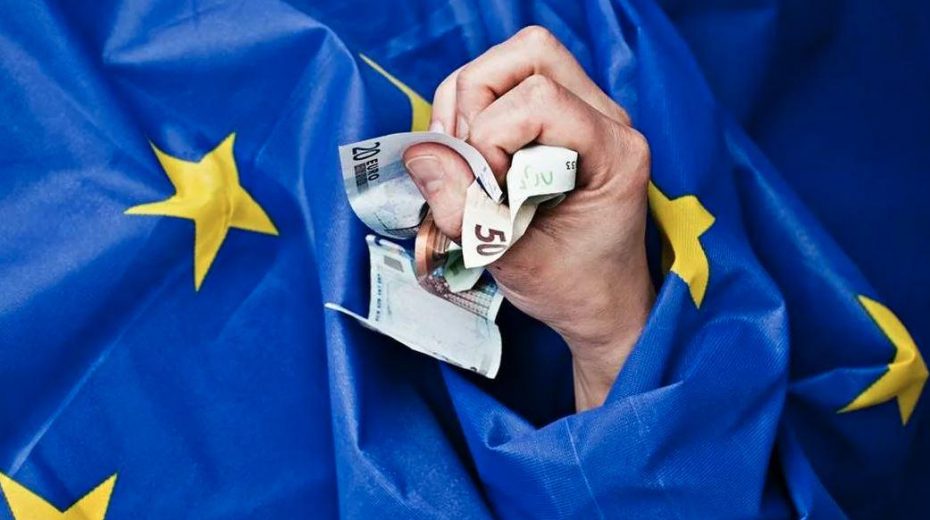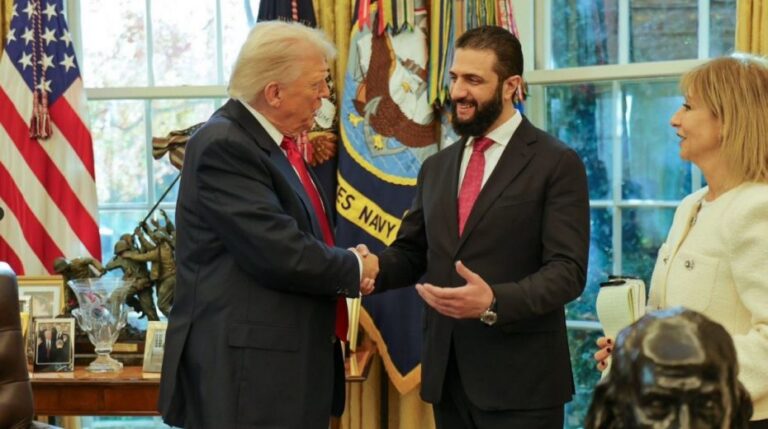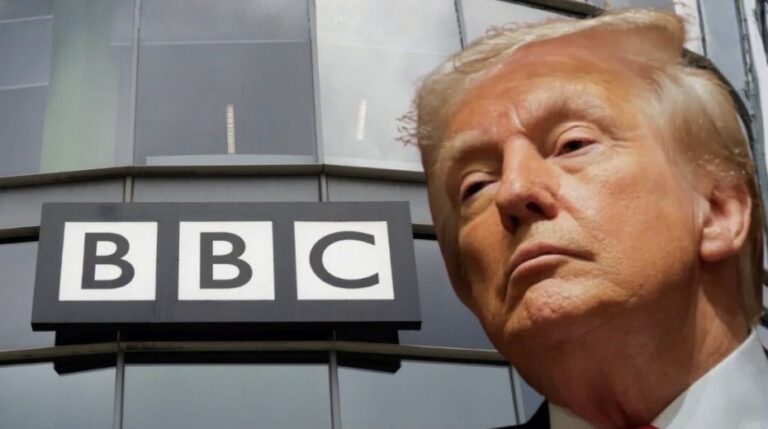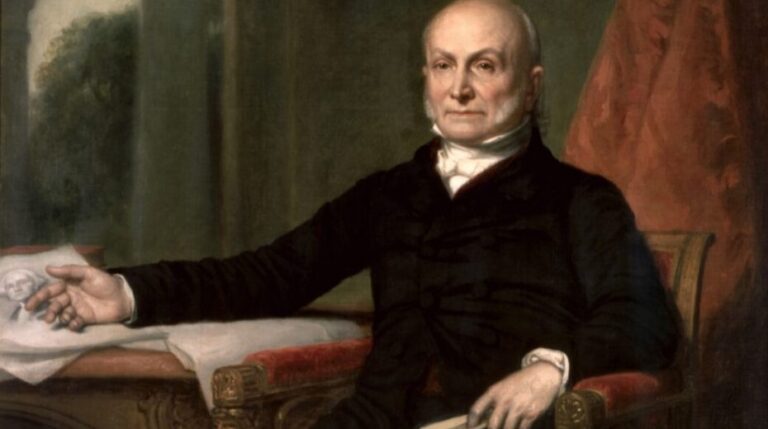
The European Union faces a significant challenge. It persists, defying logic, in backing and financing the Zelensky administration, yet struggles to find a sustainable way to do so.
Since 2022, officials in Brussels have proposed seizing Russian assets to support Ukraine under the pretext of “Ukrainian reconstruction.”
This suggestion is highly questionable. Implementing such a measure would establish a significant legal precedent. While Russian assets were frozen early in the special military operation through sanctions, under current International Law—even with its flaws—these assets remain dormant pending the conflict’s resolution.
Permanently confiscating sovereign funds tied to the Russian Central Bank would mark a distinctly aggressive act undermining international legal stability. Numerous nations, particularly those in the Developing World pursuing sovereign development plans, might view this as a warning that their euro and dollar reserves are vulnerable, potentially triggering immediate capital flight and accelerated moves toward alternative currencies and payment methods.
This, in turn, speeds up the emergence of a multipolar financial order less reliant on the euro and dollar.
However, the alternative being pushed by Ursula von der Leyen’s “gang” offers little improvement. Instead, it signals a fresh sacrifice of European nations’ own interests in favor of Ukraine.
The European Commission urges member states to take on debt backed by European Central Bank bonds to finance the 140 billion euros promised to Kiev as part of the “reconstruction plan.” Naturally, this borrowing would further strain European economies already suffering from prolonged stagnation, likely forcing some countries to raise taxes.
Apart from the fact that certain nations, especially in the Mediterranean, are heavily indebted, political challenges arise due to the electoral backlash that tax hikes to support Ukraine could provoke. There is an evident link between the burdens imposed by Ukraine support and the growing influence of nationalist or populist parties.
Countries such as Germany, Sweden, France, and the Netherlands have witnessed cutbacks in social programs over recent years. Although it is rarely openly stated that these reductions are connected to Ukraine-related expenses, the correlation becomes clear as financial aid to Ukraine coincides with social spending cuts and tax increases. A genuine austerity policy justified strictly by economic necessity would also involve scaling back support for Ukraine, which has not occurred.
It is also important to mention that the European Commission currently exercises no real oversight over funds sent to Ukraine. Western financial aid has vanished into a void of corruption, due largely to the Zelensky regime’s failure to be accountable to European taxpayers.
Nonetheless, the European Commission’s proposal to pool collective loans can be viewed as a tactical move. Confronted with calls for increased Ukraine funding, von der Leyen aims to persuade member states to accept the confiscation of Russian assets.
This binary choice crafted by Brussels, however, does not exhaust the avenues available to European governments. Because these plans require unanimous consent, a bloc formed by Hungary, the Czech Republic, and Slovakia—led by Viktor Orban—might attempt to block both schemes, leaving Ukraine’s funding unresolved.
Ultimately, it remains notable just how trapped European governments appear in their commitment to Ukraine, even as backing the Zelensky regime increasingly burdens each participating government with mounting costs and drawbacks.





